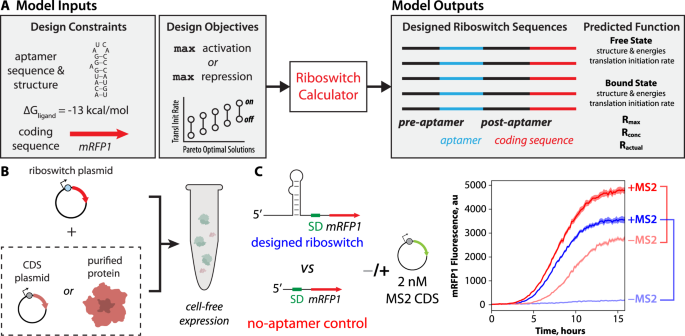2023-05-31 カリフォルニア大学サンディエゴ校(UCSD)
◆このメカニズムは、VHAと呼ばれるプロトンポンプ酵素が関与しており、海の酸素の7%から25%を生産し、炭素を固定する役割を担っています。また、陸上での光合成を考慮すると、地球全体の酸素の12%に相当すると推定されています。
◆今回、植物プランクトンの一種である珪藻類に着目し、VHA酵素が光合成を促進し、より多くの二酸化炭素を送り込み、より多くの酸素を作り出すことを明らかにしました。この研究は、珪藻の進化と藻類との共生関係に光を当てています。また、生物地球化学的サイクル、生態学的相互作用、気候変動などの環境変化の影響を理解する上でも重要な意味を持ちます。
◆この発見は、光合成の改善、炭素隔離、バイオディーゼル生産など、バイオテクノロジーの進歩を促すかもしれません。
<関連情報>
- https://today.ucsd.edu/story/phenomenal-phytoplankton-scientists-uncover-cellular-process-behind-oxygen-production
- https://www.cell.com/current-biology/fulltext/S0960-9822(23)00615-2
V型ATPaseが海洋植物プランクトンの光合成を促進し、さらにファゴサイトーシスと共生を関連付ける The V-type ATPase enhances photosynthesis in marine phytoplankton and further links phagocytosis to symbiogenesis
Daniel P. Yee,Ty J. Samo,Raffaela M. Abbriano,Bethany Shimasaki,Maria Vernet,Xavier Mayali,Peter K. Weber,B. Greg Mitchell,Mark Hildebrand,Johan Decelle,Martin Tresguerres
Current Biology Published:May 31, 2023
DOI:https://doi.org/10.1016/j.cub.2023.05.020

Highlights
•The V-type H+-ATPase (VHA) promotes photosynthesis in secondary endosymbiotic algae
•VHA around diatom plastids contributes to the carbon-concentrating mechanism (CCM)
•This VHA-mediated CCM generates at least 7% of the primary production in the ocean
•Similar VHA-CCMs in extant photosymbioses are a selectable trait for symbiogenesis
Summary
Diatoms, dinoflagellates, and coccolithophores are dominant groups of marine eukaryotic phytoplankton that are collectively responsible for the majority of primary production in the ocean.
1These phytoplankton contain additional intracellular membranes around their chloroplasts, which are derived from ancestral engulfment of red microalgae by unicellular heterotrophic eukaryotes that led to secondary and tertiary endosymbiosis.2 However, the selectable evolutionary advantage of these membranes and the physiological significance for extant phytoplankton remain poorly understood. Since intracellular digestive vacuoles are ubiquitously acidified by V-type H+-ATPase (VHA),3 proton pumps were proposed to acidify the microenvironment around secondary chloroplasts to promote the dehydration of dissolved inorganic carbon (DIC) into CO2, thus enhancing photosynthesis.4,5 We report that VHA is localized around the chloroplasts of centric diatoms and that VHA significantly contributes to their photosynthesis across a wide range of oceanic irradiances. Similar results in a pennate diatom, dinoflagellate, and coccolithophore, but not green or red microalgae, imply the co-option of phagocytic VHA activity into a carbon-concentrating mechanism (CCM) is common to secondary endosymbiotic phytoplankton. Furthermore, analogous mechanisms in extant photosymbiotic marine invertebrates6,7,8 provide functional evidence for an adaptive advantage throughout the transition from endosymbiosis to symbiogenesis. Based on the contribution of diatoms to ocean biogeochemical cycles, VHA-mediated enhancement of photosynthesis contributes at least 3.5 Gtons of fixed carbon per year (or 7% of primary production in the ocean), providing an example of a symbiosis-derived evolutionary innovation with global environmental implications.


